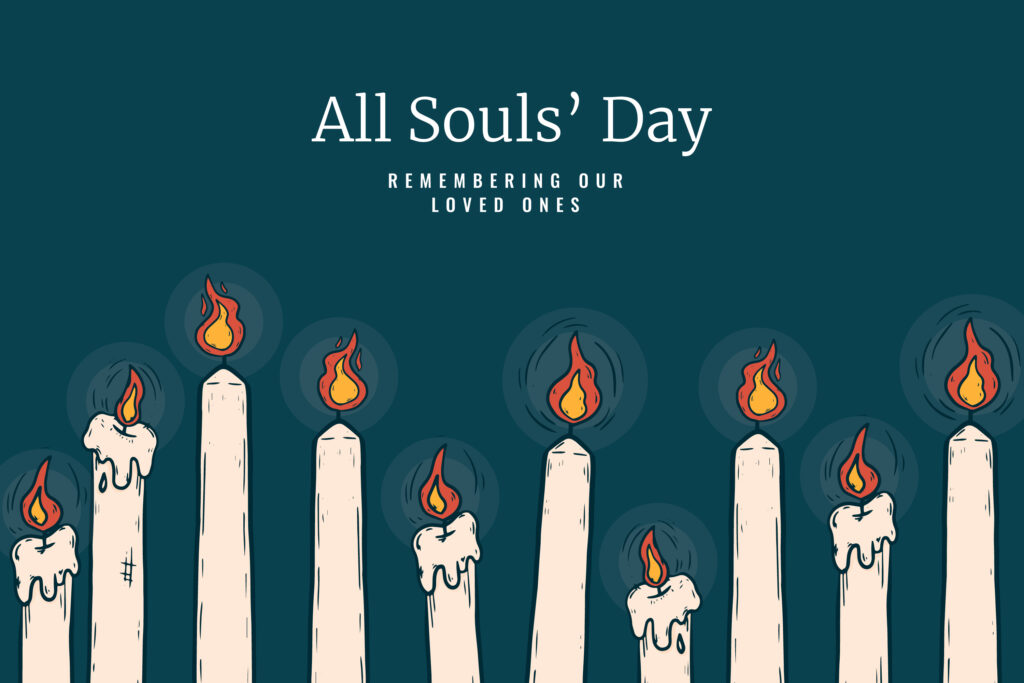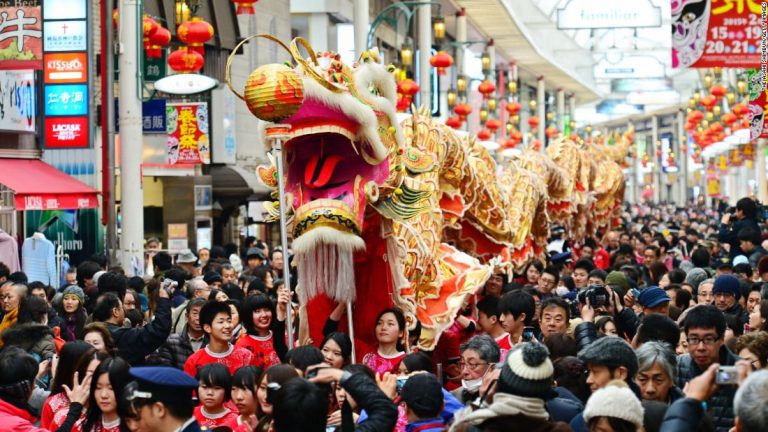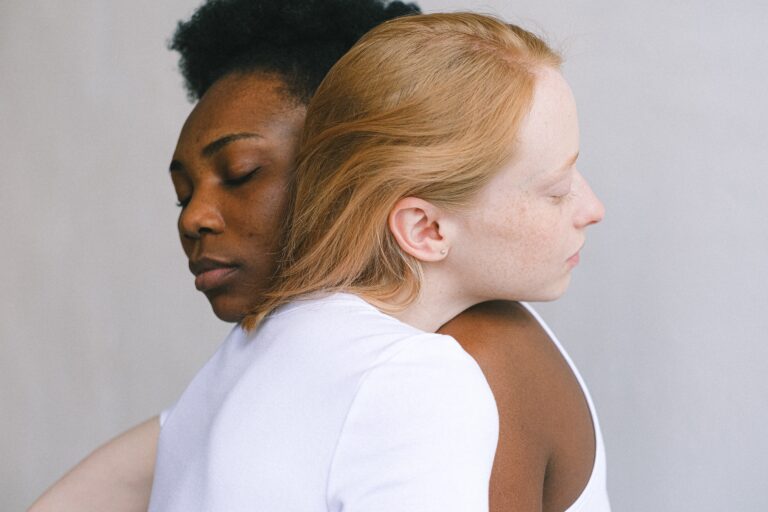All Souls’ Day is a holiday that celebrates the deceased and to give support to those believed to be residing in purgatory. It is celebrated on November 2nd, the day after All Saints’ Day, which also honors the dead along with deceased saints. It is also known as the Commemoration of All Faithful Departed and is mostly celebrated by members of the Catholic Church. Some churches will celebrate All Saints’ Day and All Souls’ Day in the same commemoration. The celebration of All Souls’ Day expanded into the next day for All Souls’ Day in order to include non-saints in the celebration.
Catholic observers attend the Mass of All Souls or other services. The churches will be decorated with black cloth. The day honors the souls of the deceased due to the belief that souls of church members resided in purgatory if they were not cleansed of their sins before death. In order to enter heaven, the souls must achieve beatific vision, which can be aided through prayers and Mass. Beatific vision is the act of seeing God once a soul has left the earthly realm, which can only be done if the soul has received salvation.
History
Some believe it was Saint Odilo at a Cluny monastery in 993 that first proposed the holiday and then it spread to the rest of Christianity, but due to its pagan roots and variations, it is difficult to pinpoint the exact origin. The Eastern and Western traditions were likely separate movements but still influenced by these same pagan festivals.
In the West, All Saints’ Day celebrations started around 610. Pope Boniface IV dedicated the Pantheon to martyrs and the Blessed Virgin and established a feast in their honor. The festival was not consistently observed until 835, when Pope Gregory IV established the holiday. Many believe the date, November 1st, was chosen to counteract the Festival of the Dead, or Samhain.
The Eastern Church celebrates many Souls’ Days throughout the year, called Soul Saturdays. This is also derived from the All Saints’ celebration as a way to expand the commemoration to all of the faithful. The Eastern tradition of All Saints’ began in the ninth century. The Byzantine Emperor, Leo VI, wanted to build a church in this wife’s honor, but religious leaders would not let him. He decided to build a temple dedicated to “All Saints,” believing that his wife was righteous enough to be among the honored. He expanded the feast of All Martyrs to All Saints in order to include her in the festivities.
Although protestant religions generally do not include the doctrine of purgatory, the tradition of honoring the dead has been preserved by gathering at the graves of loved ones to clean and decorate the grave. This may also include a candlelight vigil or other ceremonies.
International traditions
Many of the traditions observed with All Saints’ Day are continued into All Souls’ Day. Some general traditions celebrated in many countries:
- Observers may visit the graves of relatives and place flowers or candles on them.
- A church service along the themes of heaven, the afterlife, or purgatory.
- A service dedicated to the saints.
- The cleaning and beautification of gravesites.
- Catholic observers consider All Saints’ Day a Holy Day o Obligation, meaning they must attend mass.
- Fasting, which is sometimes only practiced during nighttime events.
- Decorations featuring skulls.
Mexico celebrates the Day of the Dead, where friends and family gather to pray for deceased relatives. They may build altars in their honor with skulls, marigolds, and the deceased’s favorite food and drink. Bolivians may leave out food for a deceased relative to enjoy. Some may travel long distances to honor their relatives’ graves, such as Bolivians, who consider the event a pilgrimage.
n the Philippines, gatherers will spend the day and sometimes the night in the cemetery holding picnics. A recent tradition is to bring Karaoke supplies and fireworks. Children in Portugal will go door to door collecting sweets, similar to the Halloween tradition. The French may go to cemeteries to find obscured or unmarked graves to honor, as the day is dedicated to those who do not otherwise receive recognition
In the Middle Ages, citizens in Ireland and Britain would make soul cakes to honor the dead. These cakes were sometimes just called “souls” as they symbolized the spirits of the deceased. Children, referred to as “soulers,” would sing prayers and songs for the deceased as they went from house to house to receive soul cakes. This represented a soul leaving heaven from purgatory.













































